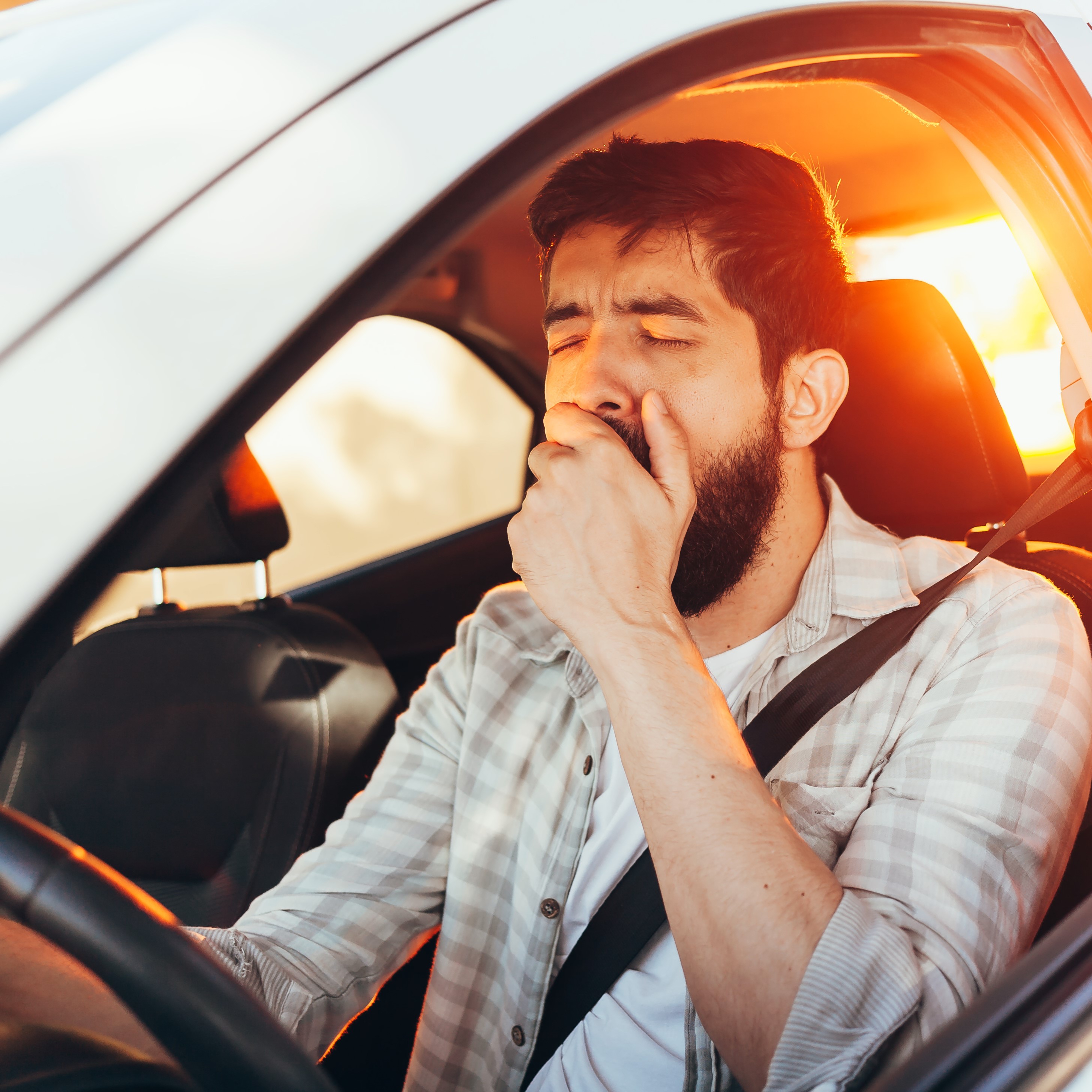The Pandemic’s Tenacious Grip on Traffic Safety
The Pandemic’s Tenacious Grip on Traffic Safety

A new study by the AAA Foundation for Traffic Safety reveals the COVID-19 pandemic's deadly impact on traffic safety in the United States. Researchers at the AAA Foundation found dangerous behaviors like speeding, not using seatbelts, and impaired driving contributed to a significant rise in fatal crashes compared to pre-pandemic times.
Notably, the new research highlights a disparity in the pandemic's impact on traffic safety. Black and Hispanic Americans, already disproportionately affected by traffic fatalities, saw even more significant increases from 2020 through 2022. Similarly, those with lower educational attainment experienced a much sharper rise in fatalities compared to college graduates.
Foundation researchers found that 114,528 people were killed in traffic crashes on U.S. roads from May 2020 through December 2022, a 17% jump in traffic deaths (nearly 17,000 additional fatalities) compared to what would have been expected under pre-pandemic trends. Traffic deaths outpaced forecasts the most for young adults (20-24), with teens (16-19) taking the top spot in 2021. Men consistently exceeded estimates by 14-19%, while women only did so in 2021 (15% increase). Black Americans, who comprise approximately 12% of the U.S. population, accounted for approximately 34% of the entire rise in traffic fatalities relative to how many would have been expected based on the pre-pandemic trend. Hispanic Americans, 19% of the U.S. population, accounted for approximately 25% of the increase.
"Our study points to an ongoing disturbing trend of risky driving behaviors, which we noted in previous research earlier in the pandemic,” said Dr. David Yang, president and executive director of the AAA Foundation. "There are still far too many road users who lose their lives in preventable crashes. The findings from this latest AAA Foundation study underscore the importance of addressing traffic safety from an equity perspective – communities across the United States must provide safe transportation options to meet the needs of their users."
The study highlights several key findings:
- Risky driving spiked: Speeding and driving under the influence of alcohol remain significant contributors to fatal crashes.
- Lack of seatbelt use: The increase in occupant deaths was almost entirely among those not wearing seatbelts.
- Fatal crashes across age groups: Drivers and victims of all ages up to 55 saw a significant rise in fatal crash involvement, with men disproportionately affected.
- Late-night danger zone: Contrary to initial assumptions, the increase in fatal crashes wasn't limited to times when the pandemic cleared previously congested daytime roads. Late nights and early mornings saw the most significant spikes.
- Unequal impact: The pandemic exacerbated existing disparities in traffic safety. Socially and economically disadvantaged counties and racial and ethnic minorities were disproportionately impacted.
The research underscores the need for:
- Equitable transportation solutions: Providing safe transportation options for vulnerable populations benefits everyone.
- Holistic safety approaches: Addressing broader traffic safety issues beyond just the pandemic's effects.
- Safe System framework offers a comprehensive strategy to improve overall road safety.
"It’s time for transportation leaders to walk the talk about curbing traffic deaths," said Jake Nelson, AAA’s director of traffic safety and advocacy. "I think this research illuminates a path towards zero traffic deaths for the nation, which is to target resources and solutions to the people who experience a disproportionate burden of traffic deaths on our roads--lower socioeconomic and minority groups.”
What’s Next?
Following a national forum on equity in traffic safety in Washington, DC, in March of this year, AAA and the National Transportation Safety Board have teamed up to embark on a national tour of the 10 metro areas in greatest need of safety intervention. Together with community and transportation leaders, the pair will help to prioritize the policies, infrastructure projects, and enforcement needs of historically underinvested areas in the U.S.
About the AAA Foundation
Established in 1947 by AAA, the Foundation for Traffic Safety is a nonprofit, publicly funded 501(c)(3) charitable research and educational organization. The AAA Foundation’s mission is to prevent traffic deaths and injuries by researching their causes and by educating the public about strategies to prevent crashes and reduce injuries when they do occur. This research informs the development of educational materials for drivers, pedestrians, bicyclists, and other road users.
About AAA
Started in 1902 by automotive enthusiasts who wanted to chart a path for better roads in America and advocate for safe mobility, AAA has transformed into one of North America’s largest membership organizations. Today, AAA delivers exceptional roadside assistance, helps travelers plan their dream vacations and adventures, offers exclusive member discounts and benefits, and provides trusted financial and insurance services – all to enhance the life journey of our 64+ million members across North America, including over 57+ million in the United States. To learn more about all AAA offers or become a member, visit AAA.com.












